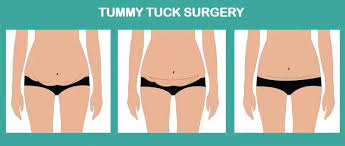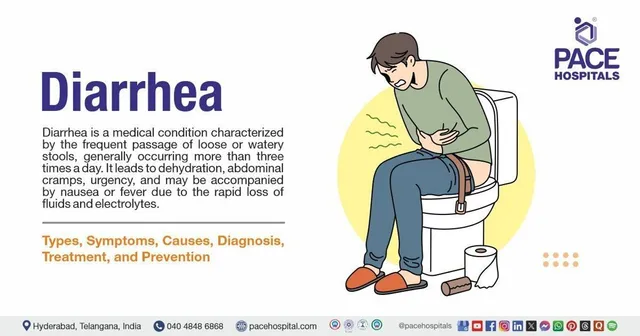
Tummy tuck surgery, abdominoplasty
Abdominoplasty, known to the public as “tummy tuck,” is a major surgery in which excess sagging skin and fat are removed from the middle and lower abdomen and the abdominal muscles are tightened.
Partial abdominoplasty is a less invasive procedure in which fat is removed from the area below the navel only.
Complete abdominoplasty may require an overnight stay in the hospital. The surgery requires general anesthesia, and the surgery may last for two to four hours. Partial abdominoplasty is often performed in outpatient clinics, under local anesthesia to numb the surgical area and give you sleep aids to make you sleepy. It may take an hour or two.
In complete abdominoplasty, the plastic surgeon begins by making a horizontal incision in the skin from the hip bone on one side of the body to the bone on the other side, along the lower abdomen. Then he makes a second incision around the navel to separate it from the surrounding tissue. Some plastic surgeons use liposuction for this procedure. The stage of the operation is to suction excess fat through the hole they made around the navel.
The surgeon then separates the skin from the abdominal wall located below it and raises a large flap of skin in order to see the two vertical abdominal belts. The two sides are placed one on top of the other and then pulled together with surgical sutures. The skin is then pulled downwards (in a movement resembling a window shutter) and cut. Excess skin and fat, then the lower incision is closed with stitches, then a new opening is made for the navel, the navel is taken out and stitched in place, then bandages are placed with a number of tubes to drain the accumulated fluid.
A shorter horizontal incision is made to perform a partial abdominoplasty, and only the skin separates the incision from the navel. The surgeon may not have to separate the navel from the skin as is the case in a full abdominoplasty. Then he pulls the skin down, cuts off the excess skin, sutures the skin margin in place, and tubes are placed over it. Cashing.
An incision is made along the lower abdomen from the hip bone to the opposite hip, then another incision is made around the navel to separate it from the surrounding tissue. The skin is separated from the abdominal wall below it, and a skin flap is lifted to reveal two vertical abdominal muscle belts. The two sides are joined together, one above the other, and secured with stitches. The skin is pulled down and the excess fat and skin is removed, then the surgical incisions are sewn shut
Convalescence and complications
Pain and swelling, which can be relieved with painkillers, are common during the first few days following surgery, and after a full abdominoplasty procedure, it may be a few days before you can stand upright and a few weeks until you feel ready to return to work.
After partial abdominoplasty, you may need two or three days to regain your normal activities. The drainage tubes may be removed after several days, and the stitches may be removed after a week. You may need to wear belt-like clothing to apply pressure to the operation site to prevent swelling.
The scars resulting from abdominoplasty may remain visible for six months, but they usually disappear within a year, but they do not disappear completely at all. As for the risks that may occur from infection of the wound site or blood clots in the leg or pubis, they are rare.






